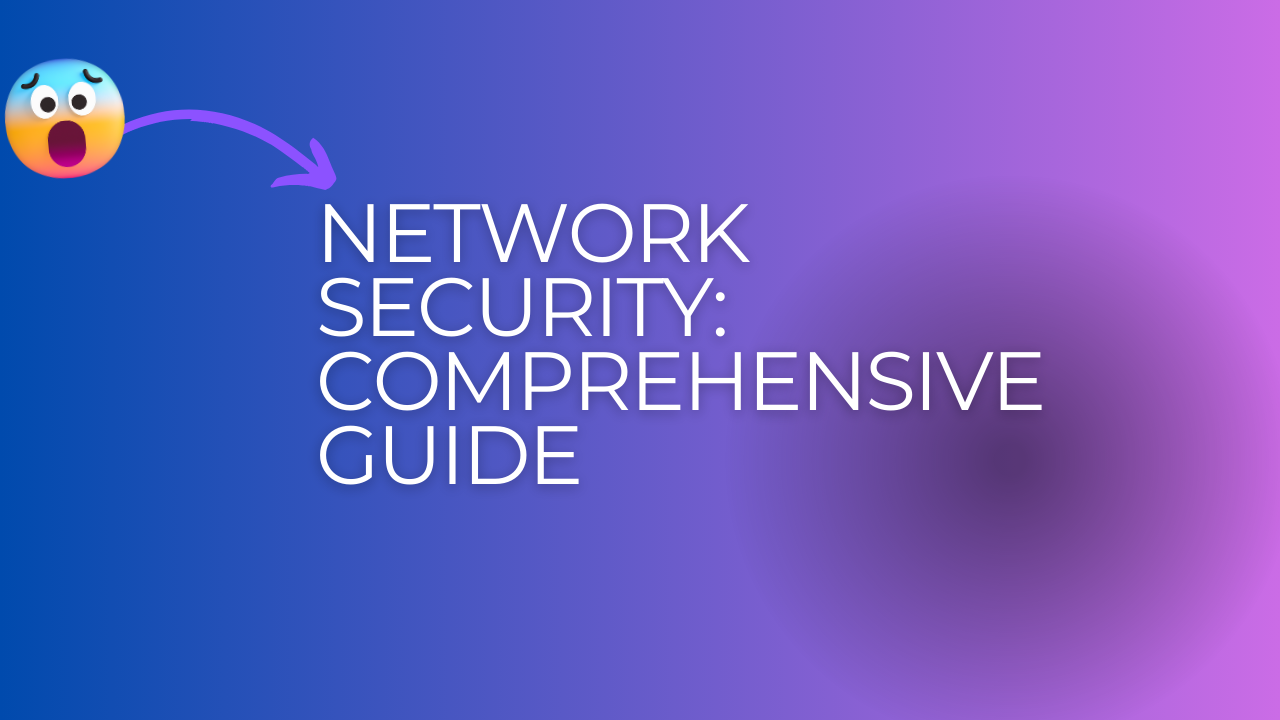Introduction
Network security is the practice of protecting a computer network from intruders, whether targeted attackers or opportunistic malware. Its importance cannot be overstated in today’s digital age, where cyber threats are constantly evolving. From protecting personal information to safeguarding critical infrastructure, network security forms the backbone of modern digital safety.
Types and Categories
Firewalls
Firewalls are a critical first line of defense in network security, acting as barriers that prevent unauthorized access to or from a private network. They can be hardware-based, software-based, or a combination of both. Firewalls filter incoming and outgoing traffic based on predetermined security rules, ensuring only legitimate traffic is allowed.
Intrusion Detection Systems (IDS)
IDS are designed to monitor network traffic for suspicious activity and potential threats. They alert administrators to possible security breaches, allowing for timely intervention. IDS can be network-based or host-based, each with specific functions to ensure comprehensive coverage.
Intrusion Prevention Systems (IPS)
While similar to IDS, IPS actively prevents detected threats. By analyzing network traffic in real-time, IPS can block malicious activities before they cause harm, enhancing the proactive security posture of the network.
Virtual Private Networks (VPNs)
VPNs provide secure connections over the internet by encrypting data. This is especially useful for remote access, ensuring that sensitive information remains protected from potential eavesdroppers and hackers.
Network Access Control (NAC)
NAC solutions manage and control access to network resources, ensuring that devices meet security policies before being granted access. This is crucial for maintaining network hygiene and preventing compromised devices from spreading malware.
Antivirus and Anti-Malware Solutions
Antivirus and anti-malware software are essential for protecting against a wide range of malicious software, including viruses, ransomware, and spyware. These solutions detect, quarantine, and remove threats, maintaining the integrity of the network.
Data Loss Prevention (DLP)
DLP technologies monitor and protect sensitive data, preventing unauthorized sharing or leakage. DLP solutions are vital for compliance with data protection regulations and for safeguarding intellectual property.
Security Information and Event Management (SIEM)
SIEM systems provide a comprehensive view of network security by collecting and analyzing data from various sources. This holistic approach helps in identifying and responding to security incidents more efficiently.
Components of Network Security
Hardware Components
Network security hardware includes devices like firewalls, routers, and switches that are equipped with security features. These components are crucial for establishing a secure network infrastructure.
Software Components
Software components of network security include antivirus programs, intrusion detection/prevention systems, and encryption tools. These applications work together to protect the network from various threats.
Network Policies
Network policies define the rules and procedures for maintaining network security. These policies cover aspects like user access control, data protection, and incident response, ensuring a cohesive security strategy.
Threats to Network Security
Malware
Malware encompasses various types of malicious software, including viruses, worms, and Trojans. These programs can disrupt operations, steal data, and damage systems, making them a significant threat to network security.
Phishing
Phishing attacks involve tricking users into providing sensitive information by pretending to be a trustworthy entity. These attacks can lead to data breaches and financial losses, highlighting the need for robust network security measures.
Man-in-the-Middle Attacks
In a man-in-the-middle attack, an attacker intercepts communication between two parties, potentially stealing sensitive information or injecting malicious content. Encryption and secure communication protocols are vital for preventing these attacks.
Denial-of-Service (DoS) Attacks
DoS attacks aim to make a network or service unavailable by overwhelming it with traffic. These attacks can disrupt business operations and cause significant financial damage, necessitating effective mitigation strategies.
SQL Injection
SQL injection attacks target databases by inserting malicious SQL queries. These attacks can lead to data breaches and loss of sensitive information, emphasizing the importance of secure coding practices.
